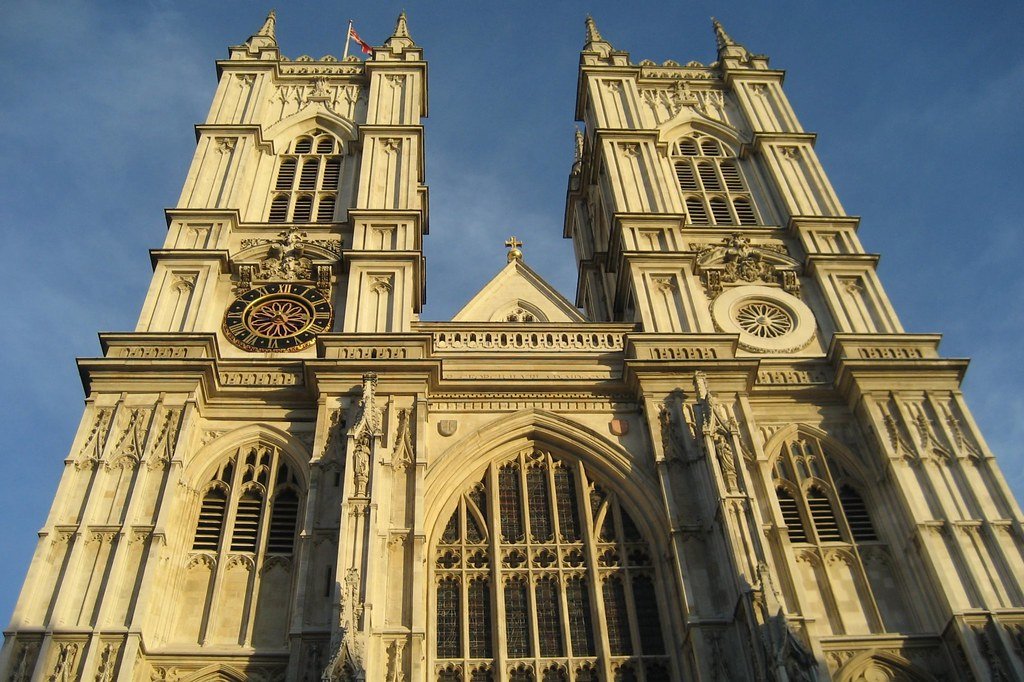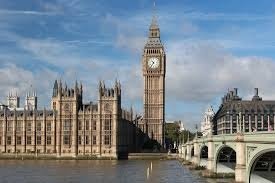Which man-made landmark is considered the symbol of freedom in the UK?

When people think of freedom in the United Kingdom, one landmark stands out above all others: Big Ben and the Palace of Westminster. While the UK is full of historical monuments, castles, and cathedrals, none carries the same symbolic weight for liberty and democracy as this iconic seat of government. Together, they represent the enduring values of parliamentary democracy, civic participation, and the rule of law—principles that have shaped not only Britain but also democratic traditions across the globe.
Historical Significance
The Palace of Westminster, rebuilt in the mid-19th century after a devastating fire, houses the House of Commons and the House of Lords. It is here that laws are debated and passed, giving it a central role in safeguarding liberty through representative government. The Elizabeth Tower—familiarly known as Big Ben, after its great bell—has become the world’s visual shorthand for Britain’s democratic identity. Just as the Statue of Liberty represents freedom in the United States, Big Ben symbolizes the UK’s tradition of civil liberties.
Symbol of Democracy and Freedom
Unlike monarchies or autocracies where power rests in one individual, the Palace of Westminster embodies the British people’s voice. The principle of freedom of speech within Parliament—enshrined in centuries of tradition—has been vital to political progress, from expanding suffrage to ensuring civil rights. Big Ben’s regular chimes remind citizens and the world of the ongoing functioning of democracy, symbolizing order, transparency, and accountability.

Wartime Symbolism
During World War II, Big Ben’s resilience became a powerful symbol of freedom and defiance. As London endured bombings, broadcasts of the bell’s chimes over the BBC reassured citizens and inspired those living under oppression across Europe. The sound of Big Ben became synonymous with the fight for liberty and the hope of eventual peace. This wartime legacy cemented its role as a beacon of freedom, far beyond Britain’s shores.
Global Recognition
Big Ben and the Palace of Westminster are not just national symbols but global icons. Tourists from around the world flock to see the clock tower and attend parliamentary debates, experiencing firsthand the functioning of one of the world’s oldest democracies. The landmark has also become a backdrop for global movements and demonstrations, reinforcing its identity as a space where freedom of expression thrives.
Modern Relevance
Today, as political debates continue on issues such as human rights, immigration, and international cooperation, Westminster remains the heart of civic life. It embodies the UK’s evolving but steadfast commitment to democratic freedom. In times of political challenge, the landmark reminds citizens of the values of dialogue, participation, and collective decision-making.
Conclusion
While the UK has many landmarks of historical and cultural importance, Big Ben and the Palace of Westminster stand out as the ultimate symbols of freedom. They embody the principles of democracy, resilience, and civic participation—values that have shaped Britain’s identity and inspired democratic movements around the world. More than a building or clock tower, this landmark continues to serve as a living beacon of liberty.
